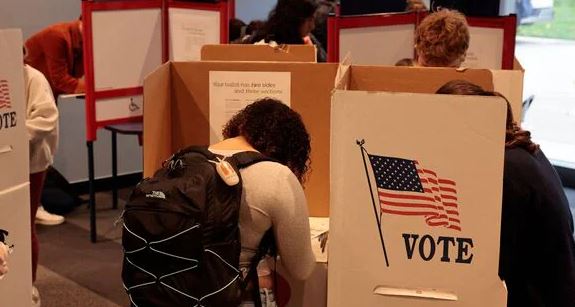In the wake of President Donald Trump’s projected victory across key battleground states, a closer look at voting trends reveals significant changes in American political dynamics over three consecutive elections featuring Trump on the ballot. Exit poll data from 2016, 2020, and 2024 highlights several evolving patterns, showing how economic concerns, shifting demographics, and social issues influenced the 2024 race between Trump and Vice President Kamala Harris.
Gender Dynamics: Vice President Harris’s appeal among women voters in 2024 fell short of support levels previously garnered by President Joe Biden and former Secretary of State Hillary Clinton. Despite efforts to mobilize female voters on reproductive rights, Harris did not gain a significant advantage. Trump, meanwhile, continued to hold a substantial lead among male voters, underscoring a consistent gender divide in his favor.
Growing Support from Latino Men: Latino voters, and particularly Latino men, have shown a growing trend toward Trump, culminating in his first-ever lead among Latino men in 2024. This marks a shift from 2020, when Biden won Latino men by 23 points. Latina women continued to support Harris, but by a narrower margin than they supported Biden or Clinton. Meanwhile, Harris retained strong backing from Black voters, particularly Black women, although Trump saw modest gains among White male voters.
Educational Divide: The gap between college-educated and non-college-educated voters has widened, with White voters without college degrees remaining a core base for Trump. However, college-educated White voters have increasingly leaned Democratic. In 2024, Harris captured the support of White voters with college degrees by around 10 points, a significant shift from 2016 when Trump narrowly won this group. Among White college-educated women, Harris led by a margin of 20 points — an increase from support levels for both Biden and Clinton.
Decline Among Voters of Color: Harris saw a slight decline in support from voters of color across various educational backgrounds, marking a shift in a traditionally strong Democratic voter base.



